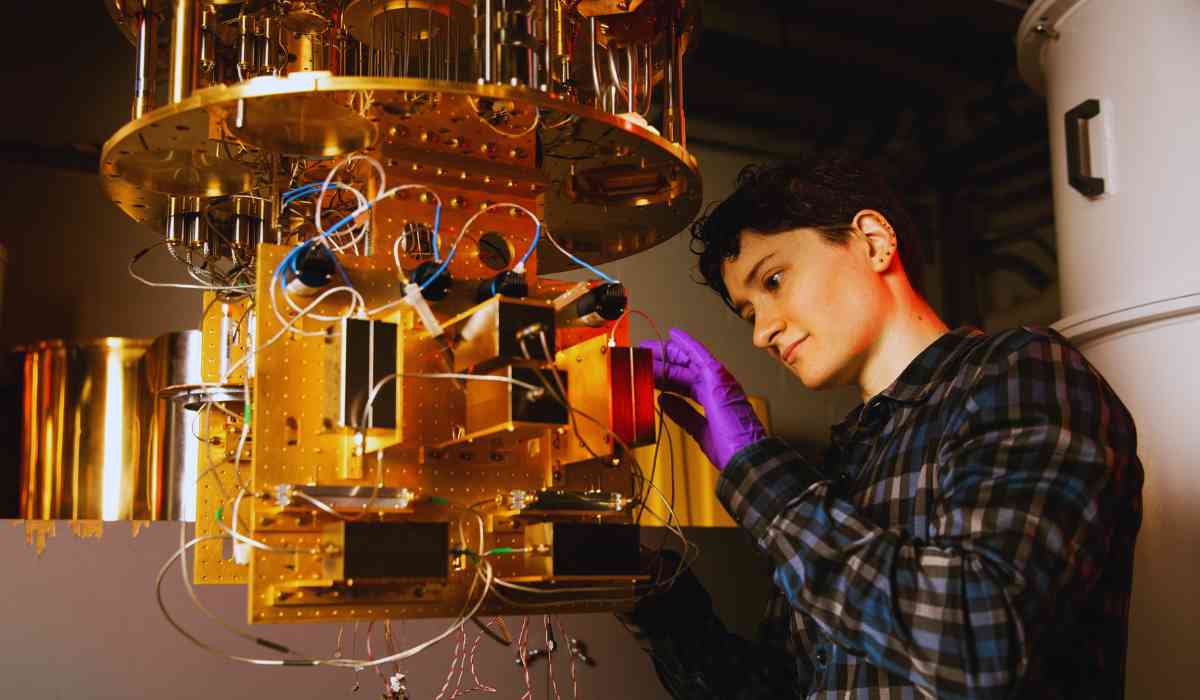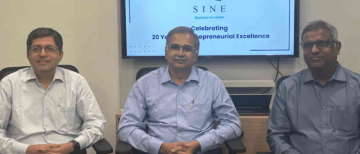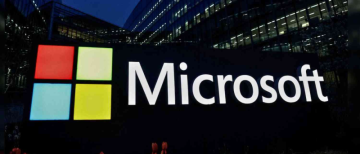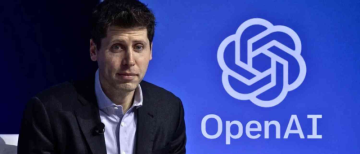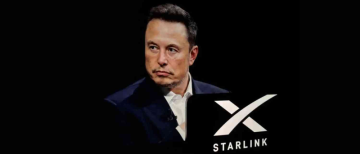The world of computers is on the brink of a revolution. For decades, our devices have relied on bits—tiny switches that can be either on (1) or off (0). But now, a new kind of computing is emerging, one that uses qubits, the building blocks of quantum computers. This shift from bits to qubits is not just a small step; it’s a giant leap into a future where computers can solve problems that are impossible for today’s machines. Yet, as exciting as this sounds, quantum computing’s journey is just beginning, and the road ahead is long and full of challenges.
The Basics: What Are Bits and Qubits?

Let’s start with the basics. In classical computers, information is stored and processed using bits. Each bit can be either a 0 or a 1, like a light switch that’s off or on. All the apps, games, and videos on your phone or computer are made up of millions or even billions of these bits working together.
Qubits, on the other hand, are the heart of quantum computers. Unlike bits, qubits can be both 0 and 1 at the same time, thanks to a quantum trick called superposition. Imagine a coin spinning in the air—while it’s spinning, it’s not just heads or tails, but both at once. When it lands, it becomes one or the other. Qubits work in a similar way, but they can stay in that “spinning” state for a while, allowing quantum computers to do many calculations at the same time.
Why Are Qubits So Powerful?
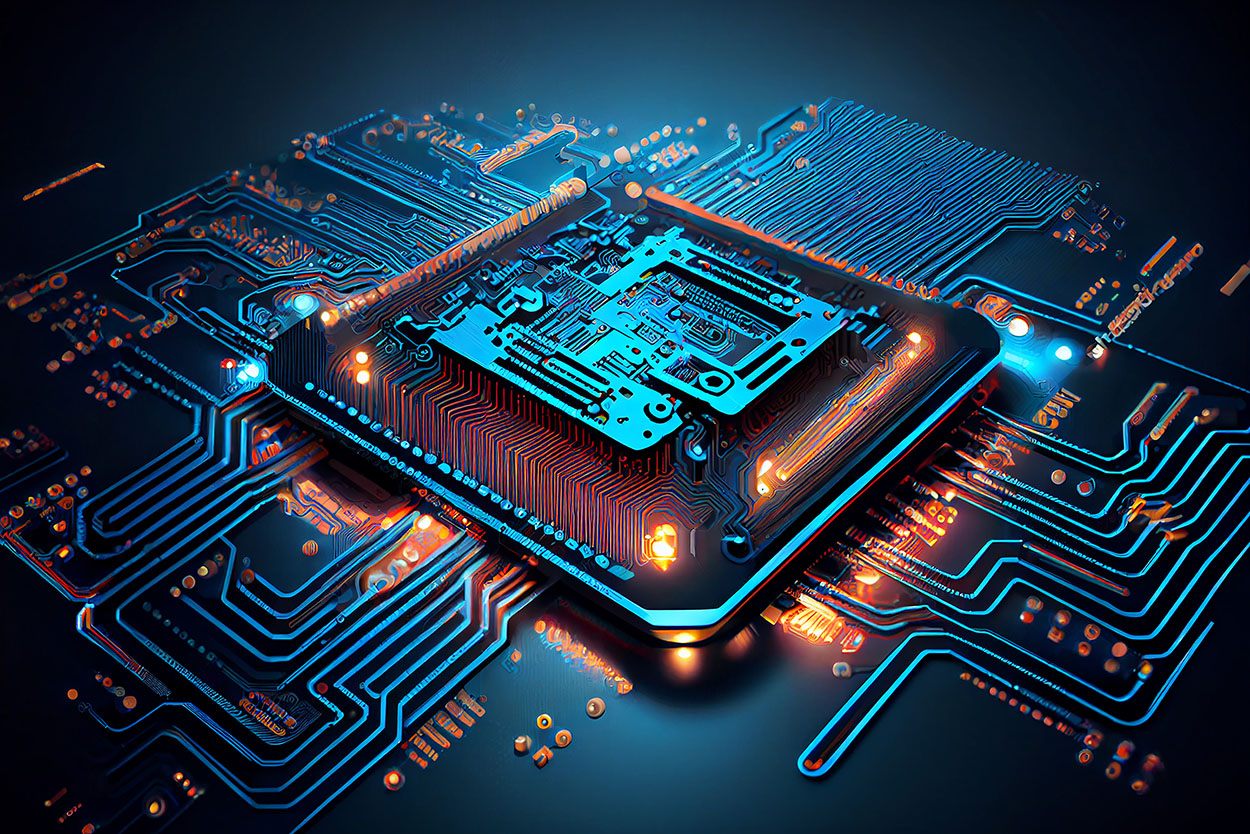
The real magic of qubits comes from two main ideas: superposition and entanglement.
-
Superposition: As mentioned, qubits can be in multiple states at once. This means a quantum computer with just a few qubits can handle more information than a classical computer with many bits. For example, two qubits can represent four possible states at once, three qubits can represent eight, and so on. The number of possibilities grows very fast, which is why adding more qubits makes quantum computers much more powerful.
-
Entanglement: This is a strange connection between qubits. When qubits are entangled, changing one qubit instantly affects the other, no matter how far apart they are. This allows quantum computers to solve certain problems much faster than classical computers can.
The Marathon Ahead: Challenges and Opportunities
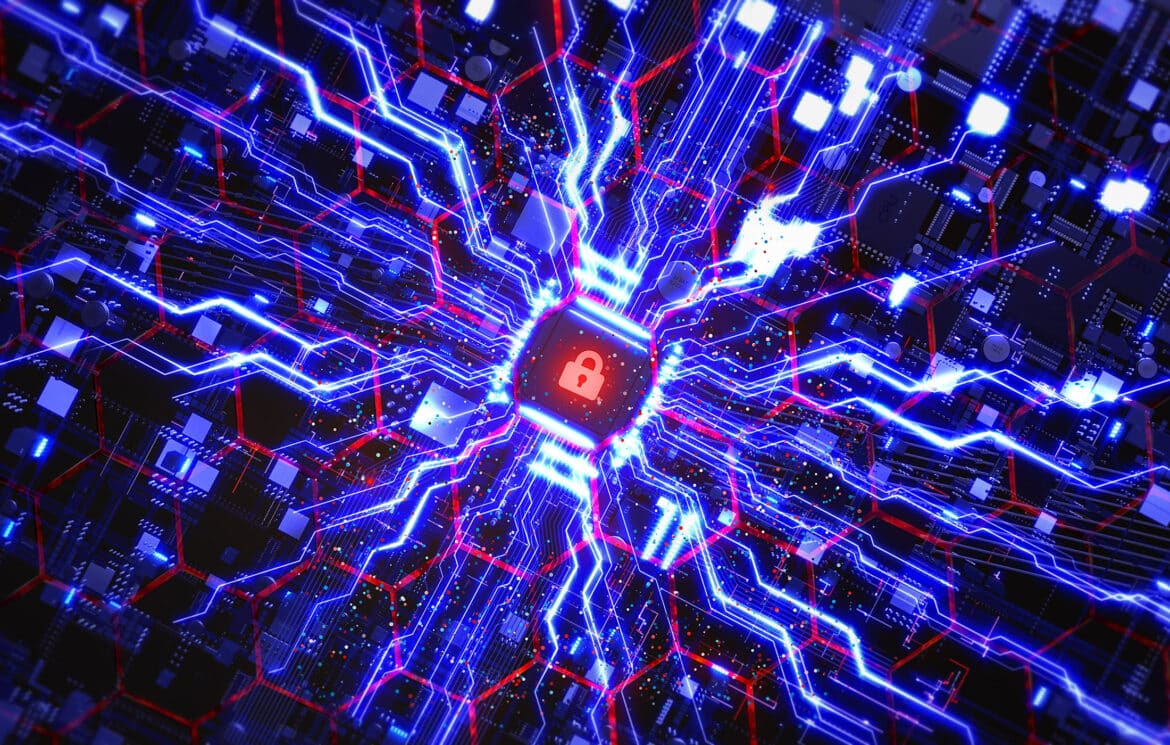
While quantum computing sounds like the future, there are still many hurdles to overcome. One big challenge is keeping qubits stable. Qubits are very sensitive and can easily lose their special quantum state, a problem called decoherence. Scientists are working hard to find ways to protect qubits from outside interference, but it’s not easy.
Another challenge is error correction. Because qubits are so delicate, mistakes can happen. Classical computers use error-checking codes to fix mistakes, but quantum computers need new kinds of error correction that are still being developed.
Despite these challenges, the potential of quantum computing is enormous. Companies like IBM, Google, and Microsoft are investing billions of dollars to build better quantum computers. Governments around the world are also supporting research, hoping to unlock new discoveries in medicine, materials science, and even artificial intelligence.
What Does This Mean for Us?
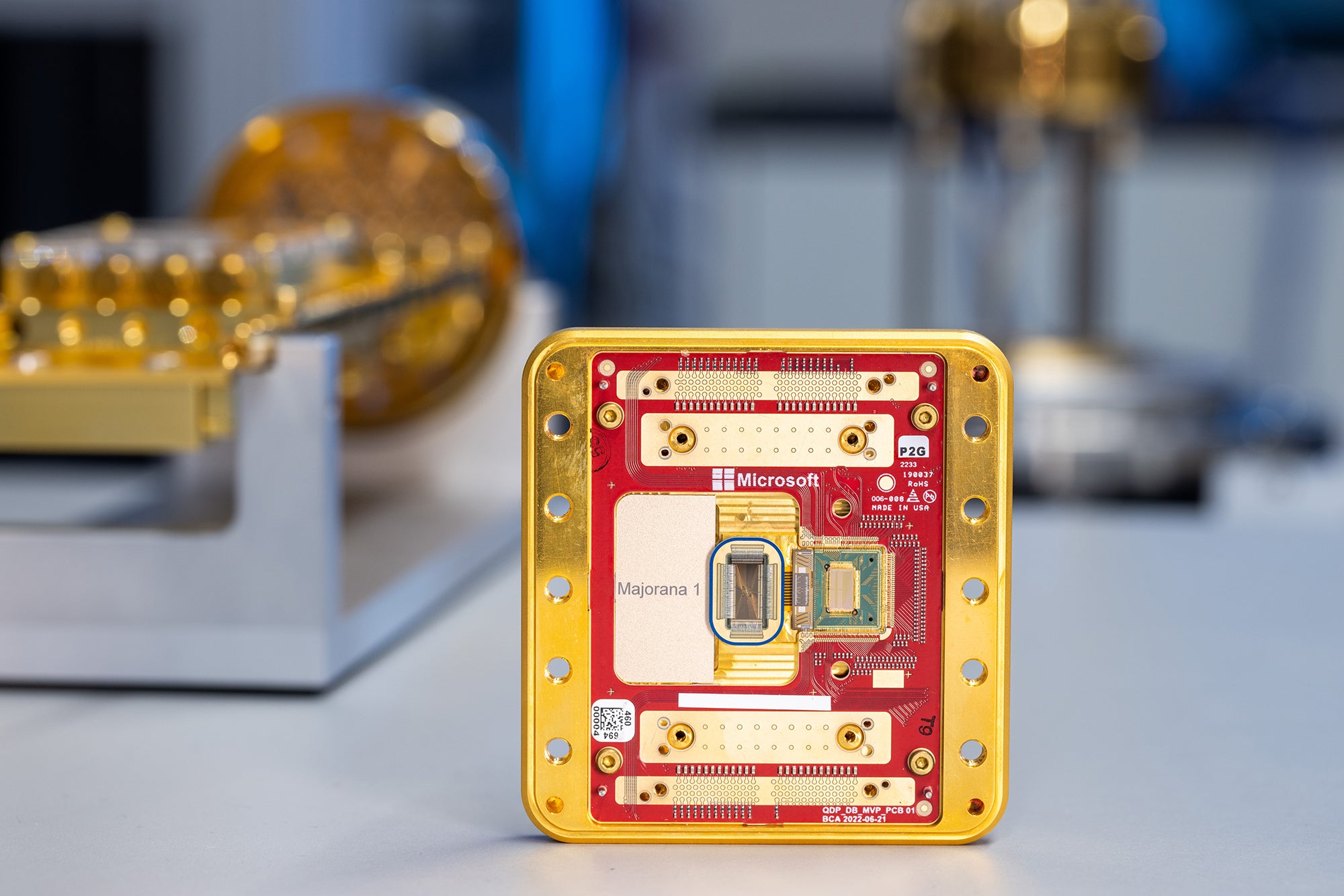
From a journalist’s perspective, the move from bits to qubits is not just about faster computers. It’s about opening doors to new kinds of problems we can solve. For example, quantum computers could help us design new medicines by simulating how molecules work, or create stronger materials for buildings and cars. They could also help us understand the universe better by solving complex physics problems.
But it’s important to remember that quantum computing is still in its early days. Some experts compare it to the early days of the internet—full of promise, but with many unknowns. The technology is not ready to replace classical computers anytime soon, and it will take years, maybe decades, before quantum computers become common in our lives.
The Future: What’s Next?
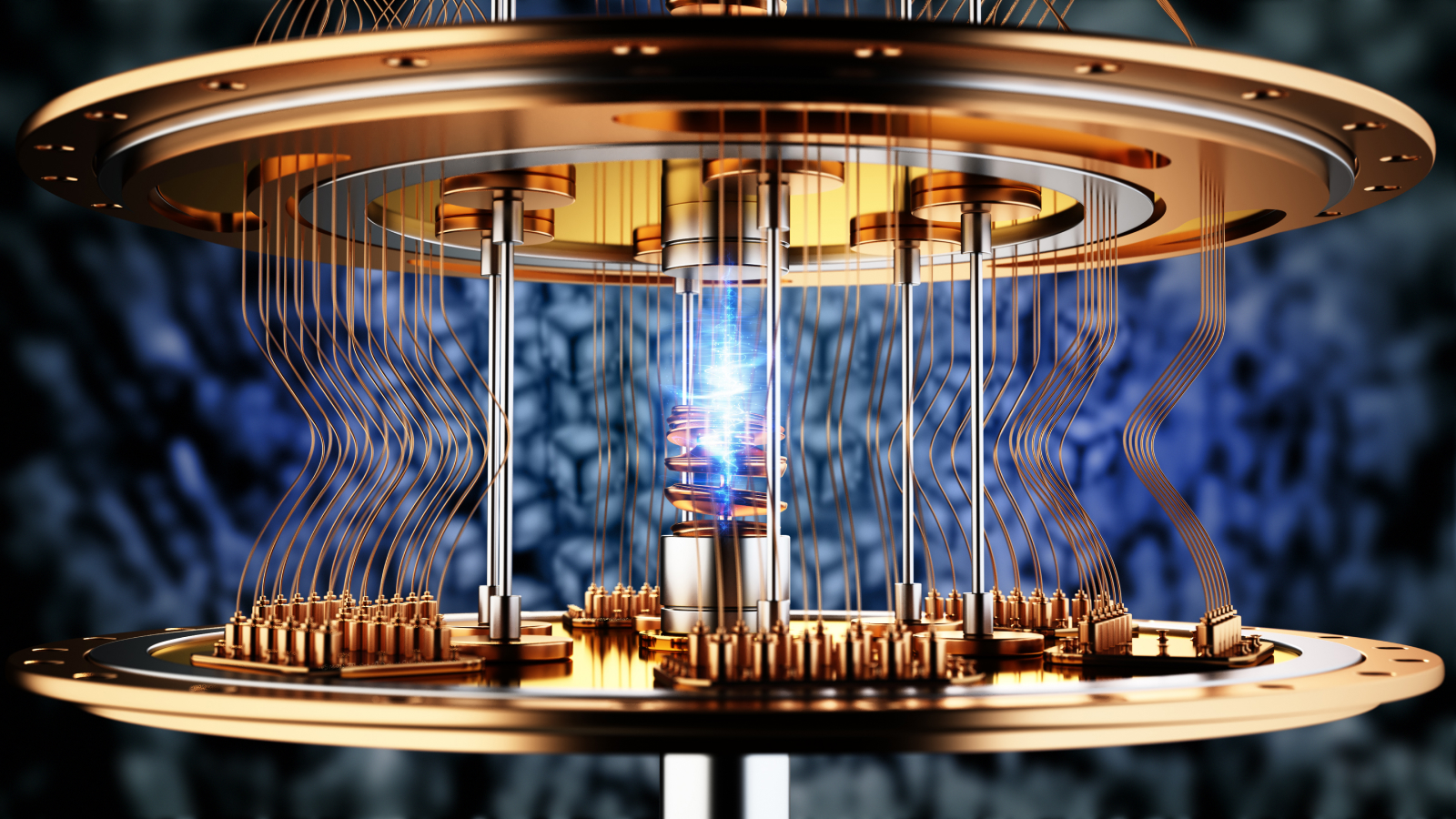
The journey from bits to qubits is a marathon, not a sprint. Scientists and engineers are working hard to make quantum computers more stable, reliable, and useful. Every year, we see new breakthroughs, but there’s still a long way to go.
For kids and adults alike, this is a fascinating time to learn about technology. Just like the first computers changed the world, quantum computers could change it again—but only if we keep exploring, experimenting, and dreaming big.
In the end, the story of quantum computing is about more than just technology. It’s about curiosity, creativity, and the never-ending quest to understand the world around us. The marathon has only just begun, and the finish line is still far away. But one thing is certain: the journey will be exciting, and the possibilities are endless.
With inputs from agencies
Image Source: Multiple agencies
© Copyright 2025. All Rights Reserved Powered by Vygr Media.

